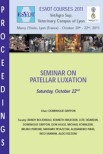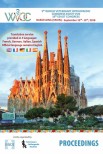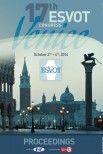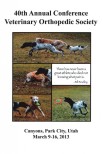OBJECTIVE: To describe a surgical technique using a regenerative approach and internal fixation for immediate reconstruction of critical size bone defects after segmental mandibulectomy in dogs.
STUDY DESIGN: Prospective case series.
ANIMALS: Dogs (n = 4) that had reconstruction after segmental mandibulectomy for treatment of malignant or benign tumors.
METHODS: Using a combination of extraoral and intraoral approaches, a locking titanium plate was contoured to match the native mandible. After segmental mandibulectomy, the plate was secured and a compression resistant matrix (CRM) infused with rhBMP-2, implanted in the defect. The implant was then covered with a soft tissue envelope followed by intraoral and extraoral closure.
RESULTS: All dogs that had mandibular reconstruction healed with intact gingival covering over the mandibular defect and had immediate return to normal function and occlusion. Mineralized tissue formation was observed clinically within 2 weeks and solid cortical bone formation within 3 months. CT findings at 3 months showed that the newly regenerated mandibular bone had ∼50% of the bone density and porosity compared to the contralateral side. No significant complications occurred.
CONCLUSION: Mandibular reconstruction using internal fixation and CRM infused with rhBMP-2 is an excellent solution for immediate reconstruction of segmental mandibulectomy defects in dogs.
Regenerating mandibular bone using rhBMP-2: Part 1 - Immediate reconstruction of segmental mandibulectomies
Journal
Arzi, B., Verstraete, F. J.M., Huey, D. J., Cissell, D. D. and Athanasiou, K. A. (2015), Veterinary Surgery, 44: 403–409.









